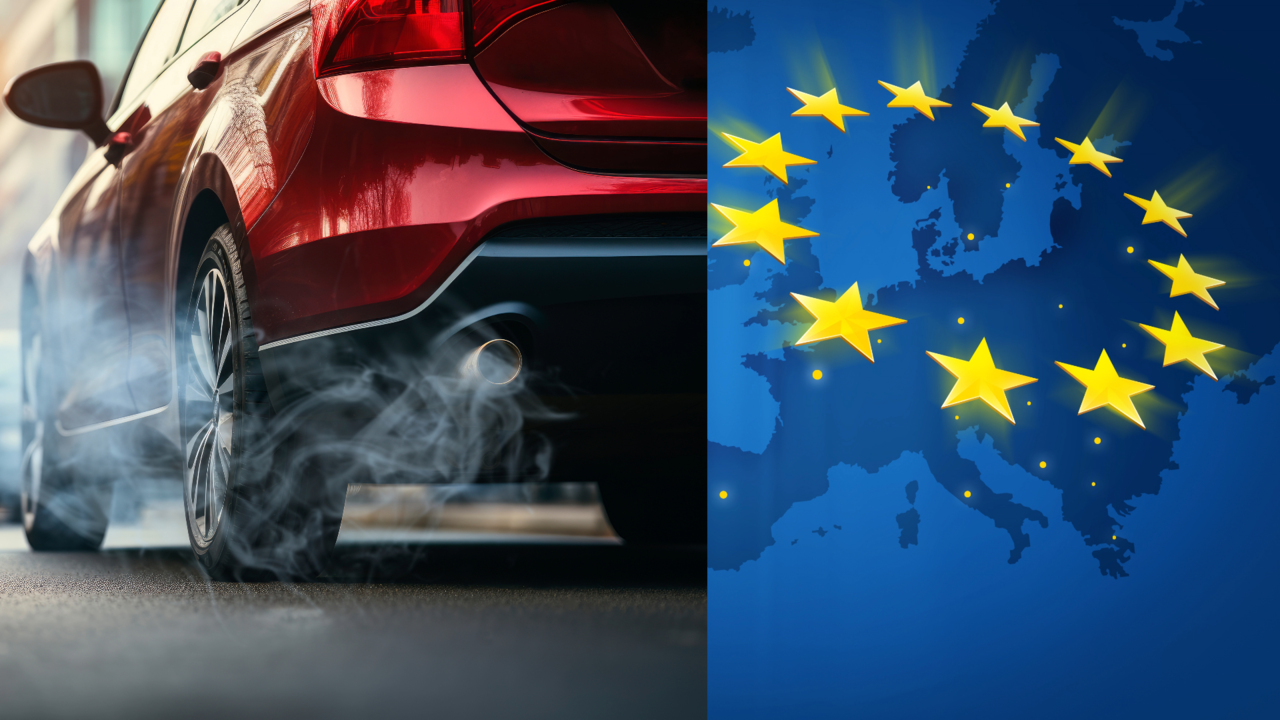European Union lawmakers approved a revised version of the ‘Euro 7’ law, which aims to regulate harmful emissions from combustion engine cars and trucks, according to a recent Reuters report. This decision, made after negotiations, led to a dilution of the proposed regulations.
The initial plan by the European Commission sought stringent restrictions on pollutants from combustion engine vehicles, highlighting the health benefits outweighing the costs. However, the EU members responsible for finalising the law have agreed to soften the regulations.
The European Parliament endorsed its stance, voting to maintain pollution limits for cars, encompassing nitrous oxides, particulate matter, and carbon monoxide. Nevertheless, they eased the nitrous oxide restrictions for trucks and extended the implementation timeline. For cars, the rules will come into effect three years after the associated secondary legislation is passed, contrary to the Commission’s desired 2025 commencement.
Alexandr Vondra, a key figure in the EU Parliament, labeled the Commission’s proposal as ‘senseless’ and highlighted the significant changes brought about by the decision. Vondra, representing the right-wing European Conservatives and Reformists group, expressed satisfaction for motorists and regarded this as a setback for proponents of stricter regulations, including Green and Socialist lawmakers.
This shift in policy comes following concerns from car manufacturers and countries like Italy and the Czech Republic, who argued that the original rules would be excessively expensive. They suggested that the focus should be on investing in electric vehicles instead of enhancing the environmental impact of combustion engine cars, especially considering the EU’s deadline to cease sales of new CO2-emitting cars by 2035.
However, this decision faced criticism from Green lawmakers, who viewed it as a missed opportunity to address the significant number of premature deaths attributed to vehicle pollution in Europe. Bas Eickhout, a Green EU lawmaker, lamented that the EU is foregoing the chance to lead in green technology by diluting these regulations.
In September, EU countries also concurred to dilute the Commission’s proposal by extending the implementation timeline.
The initial plan by the European Commission sought stringent restrictions on pollutants from combustion engine vehicles, highlighting the health benefits outweighing the costs. However, the EU members responsible for finalising the law have agreed to soften the regulations.
The European Parliament endorsed its stance, voting to maintain pollution limits for cars, encompassing nitrous oxides, particulate matter, and carbon monoxide. Nevertheless, they eased the nitrous oxide restrictions for trucks and extended the implementation timeline. For cars, the rules will come into effect three years after the associated secondary legislation is passed, contrary to the Commission’s desired 2025 commencement.
Alexandr Vondra, a key figure in the EU Parliament, labeled the Commission’s proposal as ‘senseless’ and highlighted the significant changes brought about by the decision. Vondra, representing the right-wing European Conservatives and Reformists group, expressed satisfaction for motorists and regarded this as a setback for proponents of stricter regulations, including Green and Socialist lawmakers.
This shift in policy comes following concerns from car manufacturers and countries like Italy and the Czech Republic, who argued that the original rules would be excessively expensive. They suggested that the focus should be on investing in electric vehicles instead of enhancing the environmental impact of combustion engine cars, especially considering the EU’s deadline to cease sales of new CO2-emitting cars by 2035.
However, this decision faced criticism from Green lawmakers, who viewed it as a missed opportunity to address the significant number of premature deaths attributed to vehicle pollution in Europe. Bas Eickhout, a Green EU lawmaker, lamented that the EU is foregoing the chance to lead in green technology by diluting these regulations.
In September, EU countries also concurred to dilute the Commission’s proposal by extending the implementation timeline.

